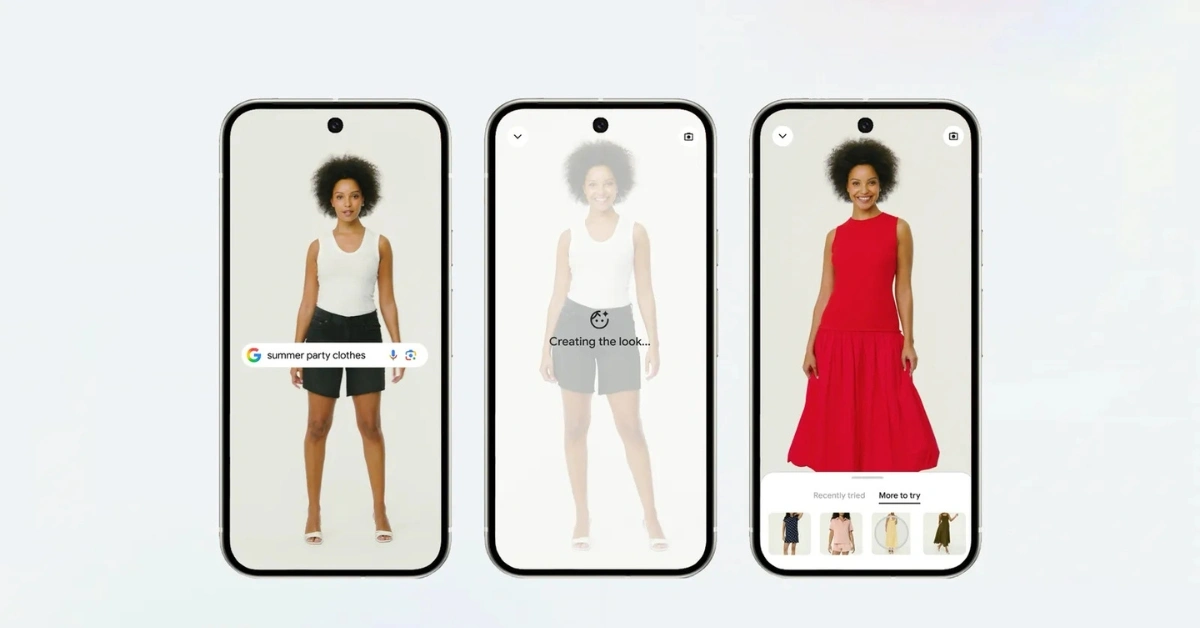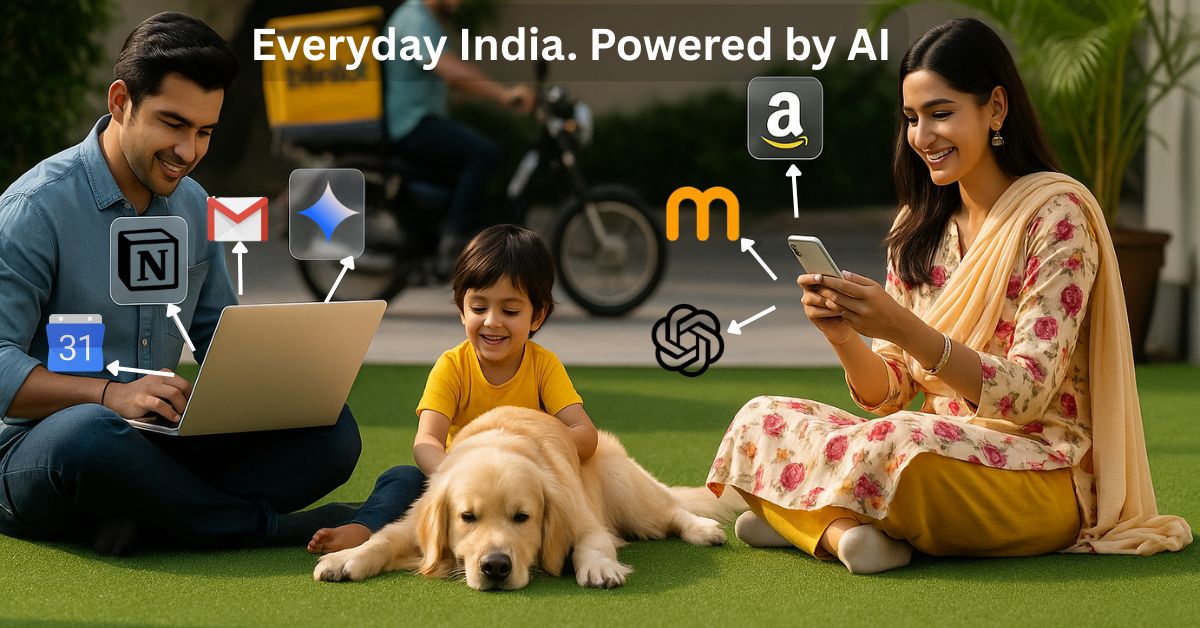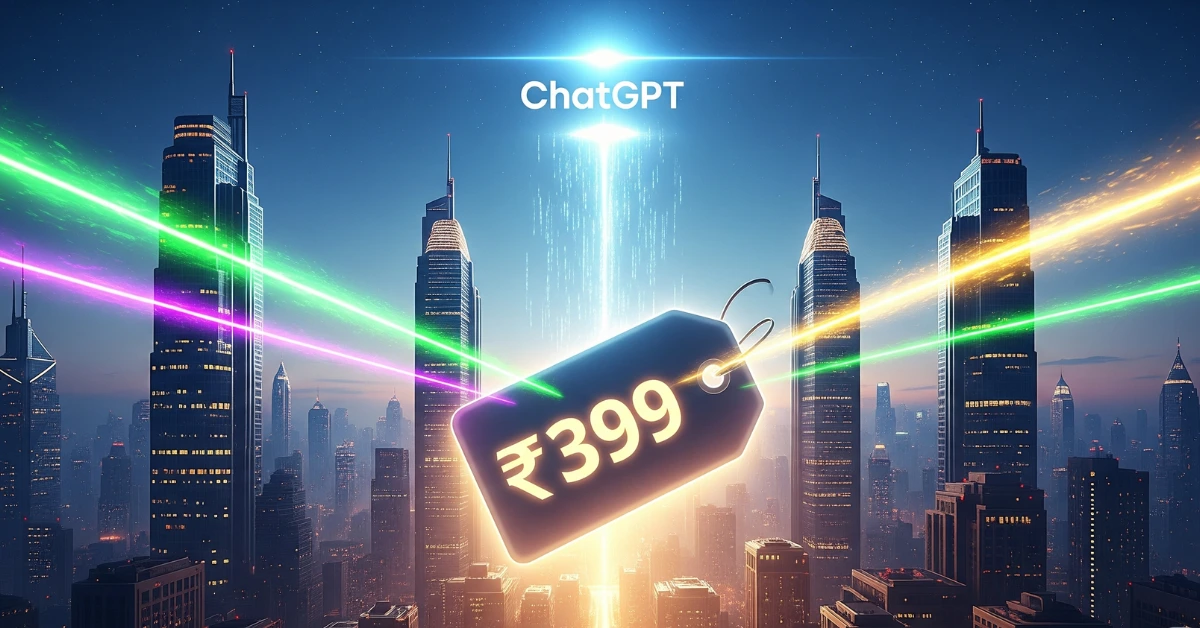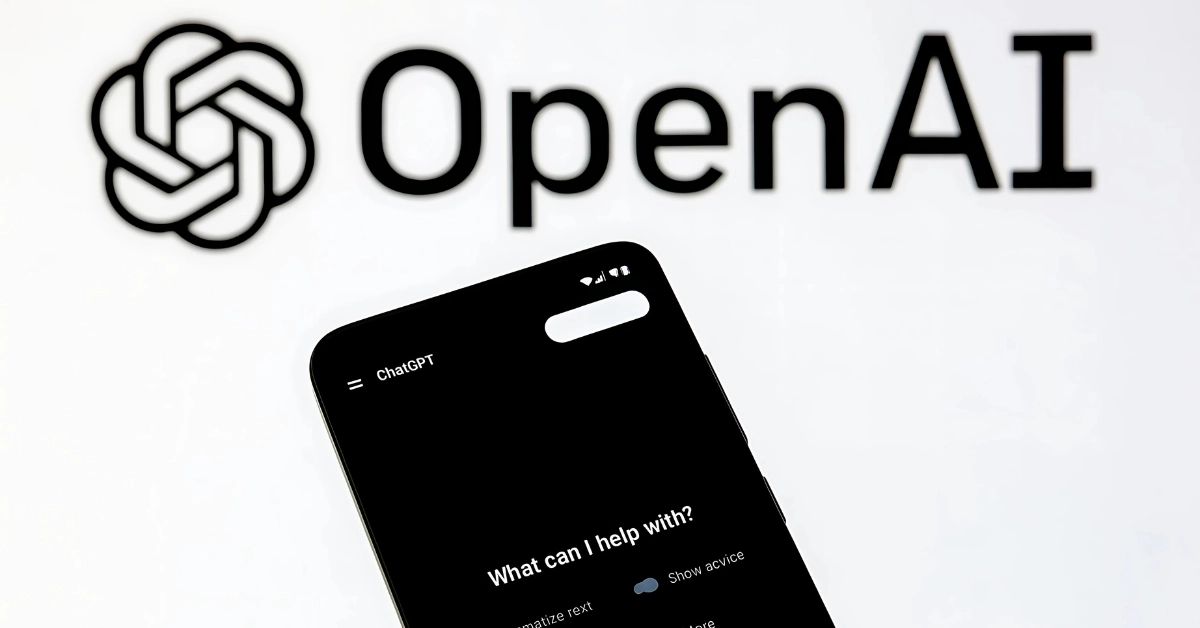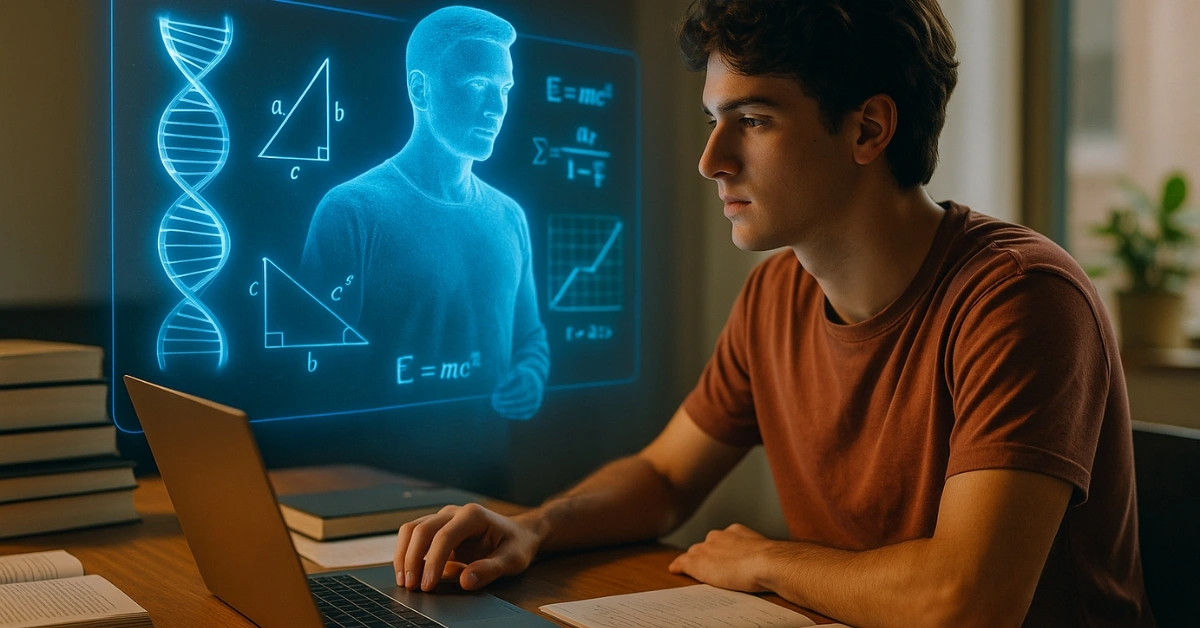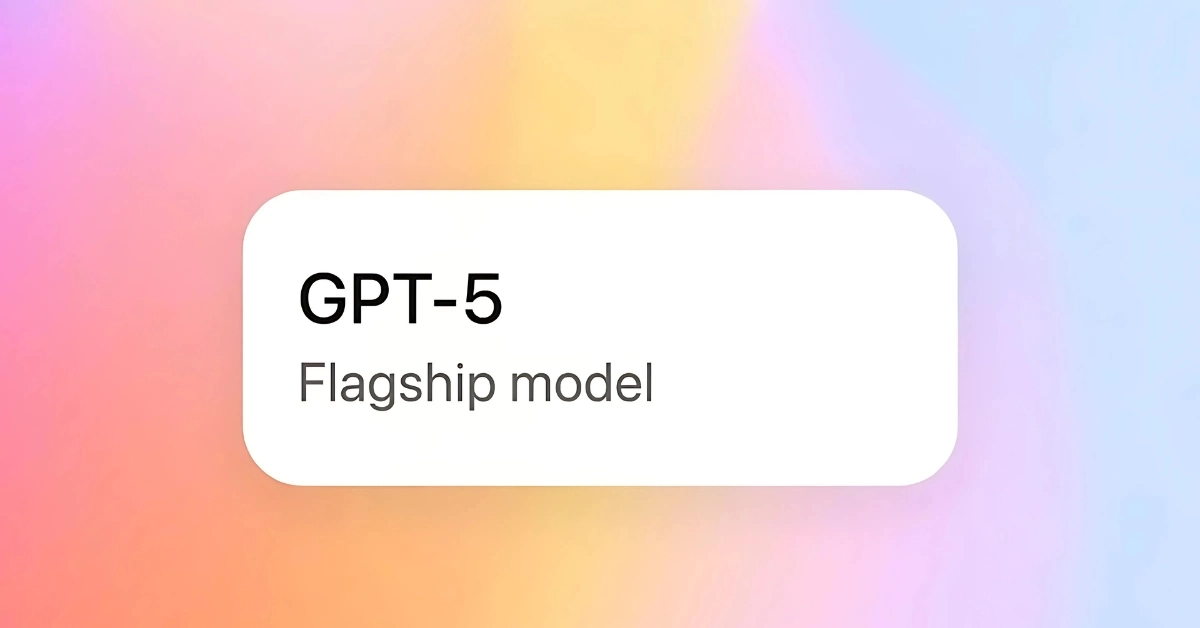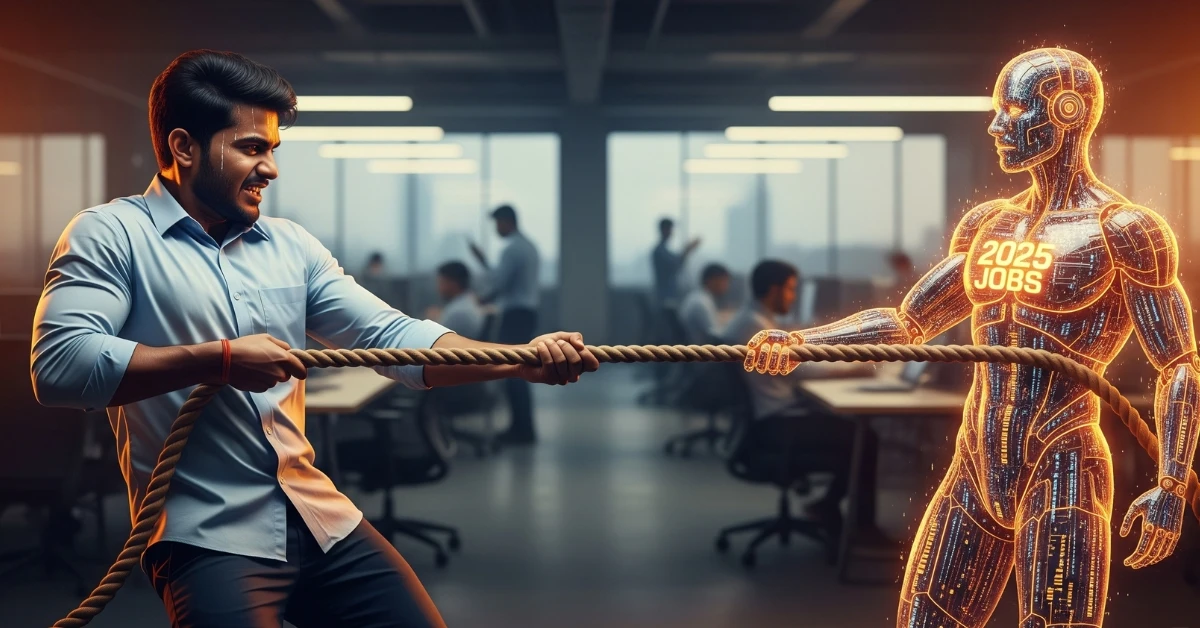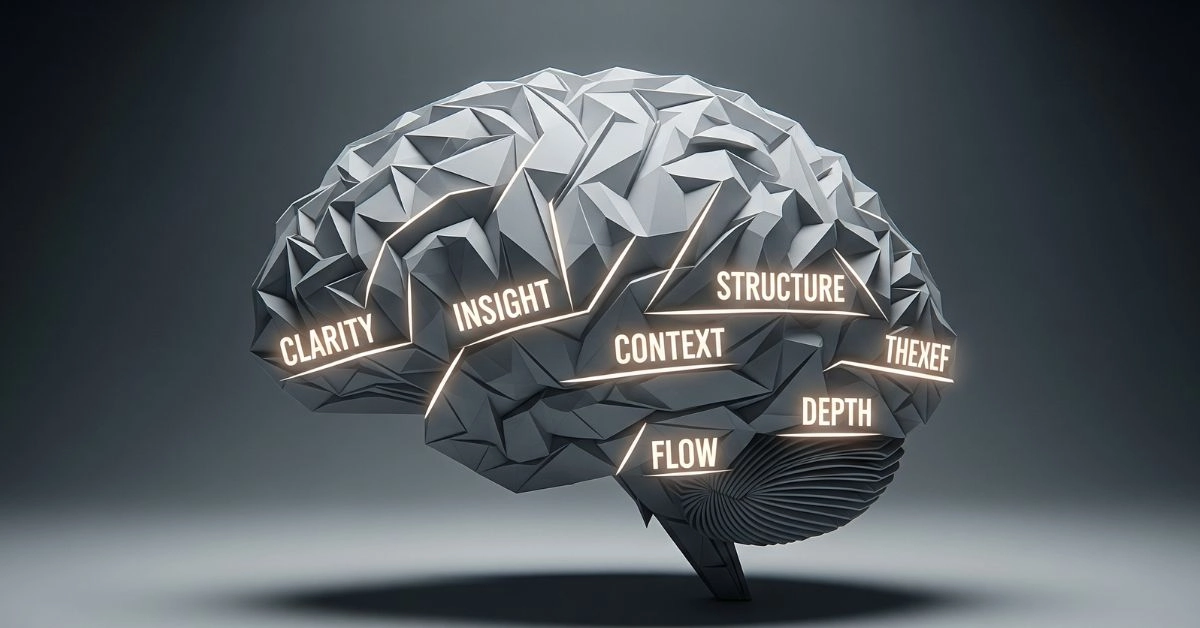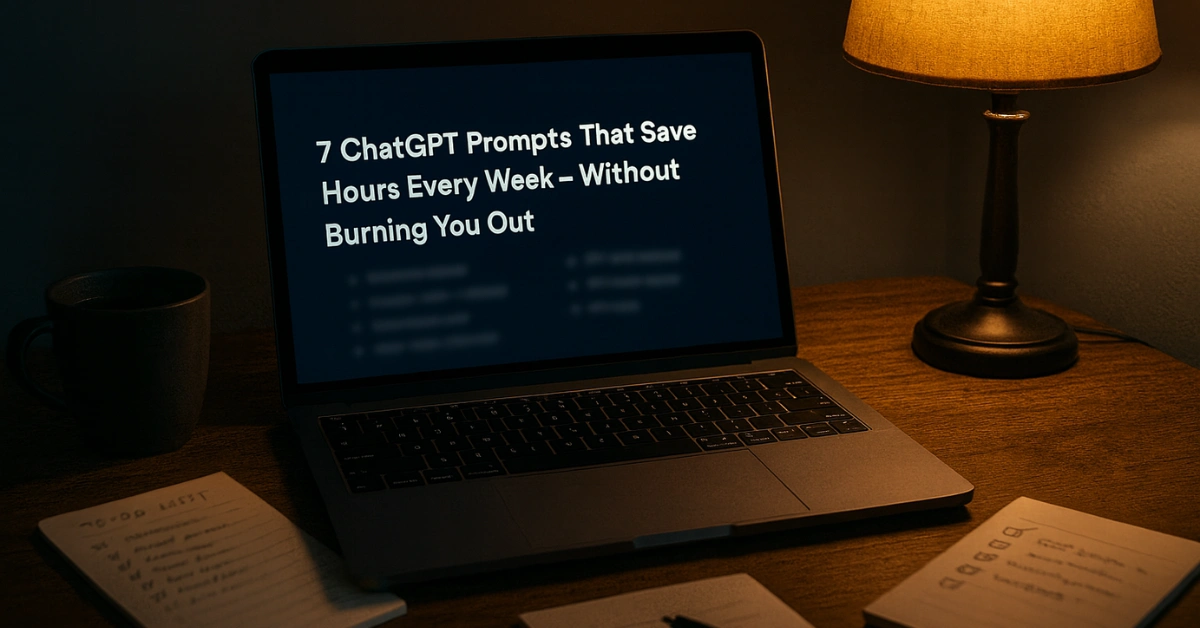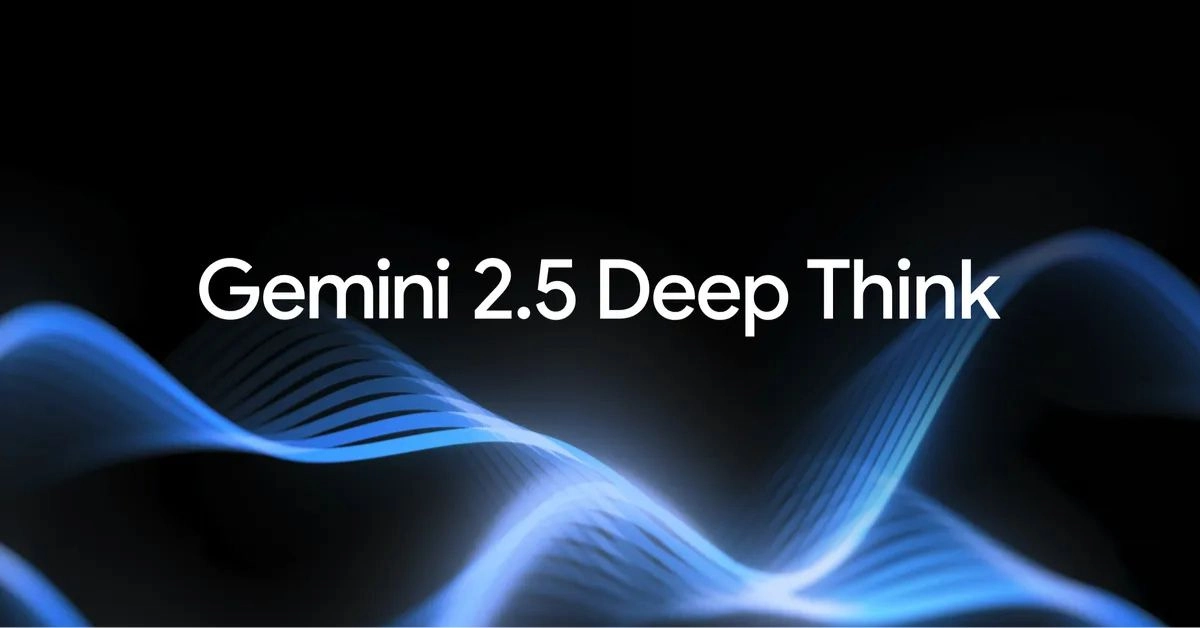You search for a green dress. Before you even think about adding it to your cart, there’s a photo of you wearing it. Draped, folded, styled to perfection. You didn’t click buy. You didn’t even blink. And yet, there you are on the screen, modeled by an AI that knows your body better than your tailor.
Google isn’t just upgrading shopping. It’s rewriting the entire experience. In 2025, you are no longer browsing. You’re being styled, tracked, and nudged by a billion-dollar algorithm trained to make you want things and make you buy them faster.
This is not your old Google Search. This is Google, the fashion assistant, the price hunter, the interior designer, and maybe even the subconscious mind reader.
Try It On. Your Digital Self Already Did
Available now in the US, Google’s new Try It On feature works across Search, Shopping, and even product results in Google Images. On eligible listings, you’ll see a “Try it on” icon. Tap it, upload a full-length photo of yourself, and within moments, you’ll see a realistic AI render of how that outfit looks on your body.
Using a powerful new AI image model, the tool shows how real clothes would fit your body, complete with folds, shadows, and texture. No filters. No approximations. Just an eerily accurate digital version of you, ready to try anything.
It’s not a demo. It’s a preview of a future where online shopping isn’t about guessing your fit anymore. It’s about seeing your reflection in Google’s eyes.
Earlier, Google had tested this tech inside its Doppl app, which generated AI videos to show clothing movement. Now, it’s baked into the core of Search itself. No extra app. No extra steps.
That’s not convenience. That’s immersion.
When the Price Is Right, AI Tells You First
Google’s price alerts just got smarter. You can now track products by exact size, color, and even your budget. Want that bomber jacket, but only if it drops below ₹4,000? Google’s Shopping Graph will scan thousands of sites and alert you the moment it does.
This is not your basic sale tracker. It’s precision-targeted bargain hunting.
You even get to set a slider: “Only notify me below this price.” And when that threshold is met, a sparkling Gemini icon lets you know the alert came from Google’s AI engine.
It feels like you’re in control. But in truth, your behavior is being nudged, calculated, and predicted. You’re not just being patient anymore. You’re being programmed to pounce.
AI as Your Stylist and Decorator? It’s Coming
Soon, Google will turn style searches into moodboards. Want outfit ideas for a beach wedding? Looking to redecorate your bedroom in cozy minimalist style? Starting this fall, just type your vibe into Search, and you’ll get shoppable visual ideas curated by AI.
This isn’t casual browsing. It’s product discovery engineered to feel natural.
The system uses vision match tech powered by Google’s Shopping Graph, an AI-enhanced index of over 50 billion items. It doesn’t just understand what you type. It understands what you mean.
Imagine Pinterest, but every pin is ready to buy. No planning. No daydreaming. Just click, add to cart, and style delivered.
So Who’s Actually Shopping: You or the Algorithm?
With all these tools, Google is not just helping you shop better. It’s deciding what you see, how you feel, and when you buy.
This is bigger than convenience. It’s influence at scale.
When you let AI pick your clothes, track your spending limit, and surface decor to match your mood, your decisions begin to reflect a machine’s idea of you. That’s not personalization. That’s profiling.
In 2025, your taste isn’t shaped by trends. It’s shaped by code.
And if you think you’re browsing freely, ask yourself: when did you last scroll without being served exactly what you wanted?
Final Thought: That Cart Isn’t Yours Anymore
Yes, this is easier. It’s smarter. It’s efficient. But it’s also seductive.
Google’s new AI tools don’t just help you shop. They make you feel seen. They mimic taste. They mirror desire. But the more accurate that mirror gets, the less you can tell who’s making the choices.
That cart isn’t just full of products. It’s full of predictions.
And Google’s already checked out.

